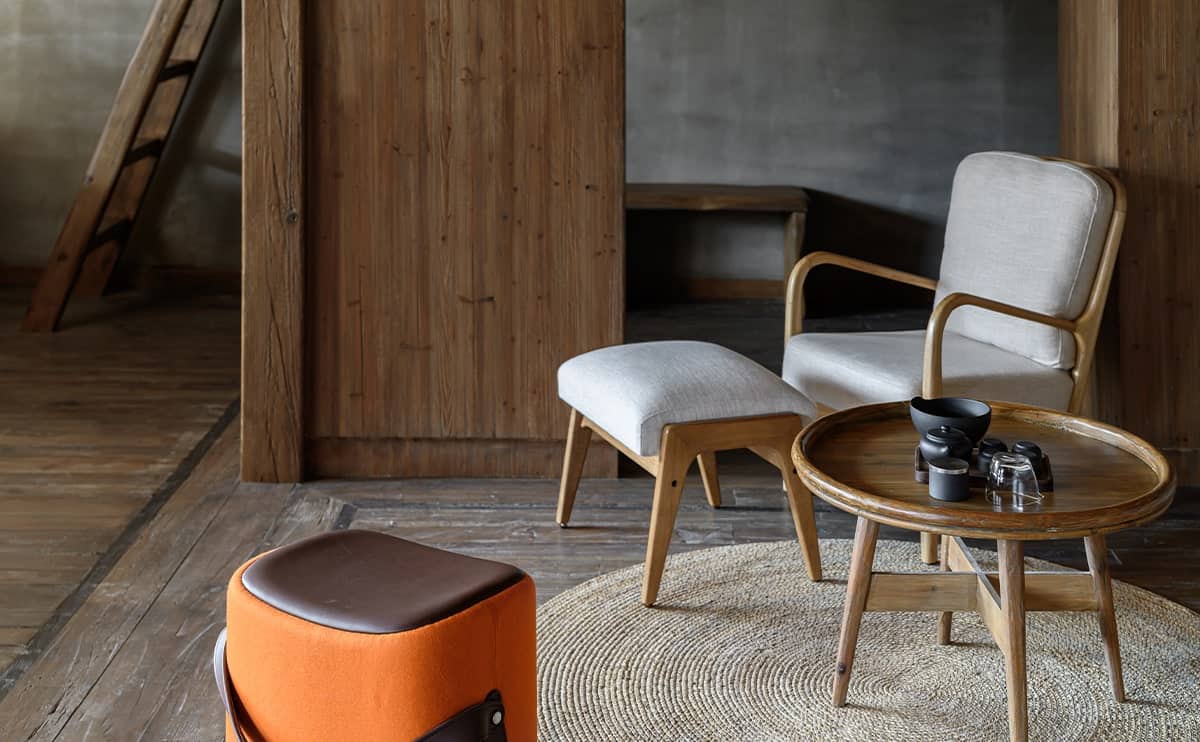Customer Support
Understanding Tile Color Variations
Will my tile look exactly like the online photos?
Photos are a helpful guide, but not a guarantee — samples are your best way to confirm the exact tone and texture.
We do our best to display accurate colors, but screen settings, lighting, and natural material variation can affect how tiles appear in person.
We recommend ordering a sample kit to confirm color, finish, and texture before purchasing.
Do wood-look tiles have repeating patterns?
High-quality wood-look tiles use multiple face designs (up to 8–16) to reduce repetition.
You may still see some repeats in large spaces, but layout variation and good planning help avoid noticeable patterns.
You’ll get more visual variation than laminate or vinyl — especially with multi-face printing.
What does ‘dye lot variation’ mean?
“Dye lot variation” refers to slight color or tone differences between batches of the same tile.
These variations are common in tile production, especially with natural materials or high-temperature kilns.
Can I mix tiles from different batches?
It’s not recommended.
Even small differences between dye lots can be noticeable once installed.
We suggest using tiles from the same lot and ordering extra upfront to avoid mismatches.
How do I ensure color consistency across my project?
Order your full quantity at once to avoid mixing dye lots.
Check your boxes upon delivery to confirm matching lot numbers.
If your project has complex phases, notify us early — we may help reserve stock from the same batch.
Order your full quantity at once to avoid mixing dye lots. Check your boxes upon delivery to confirm matching lot numbers. If your project has complex phases, notify us early — we may help reserve stock from the same batch.
Yes — we offer curated sample kits to help you preview color, texture, and finish.
Please note that We always match your order to the latest lot available — but minor variation is still possible.
That’s why we recommend ordering all tiles at once, and always reviewing samples in natural light.
We recommend ordering 10–15% extra tiles for layout and backup.
Why does the same tile look different in different rooms or lighting?
Lighting, wall color, and time of day can affect how a tile appears.
For example, warm light may make beige tones appear more yellow, while cool daylight brings out gray tones.
We recommend testing samples in your actual room before finalizing.


